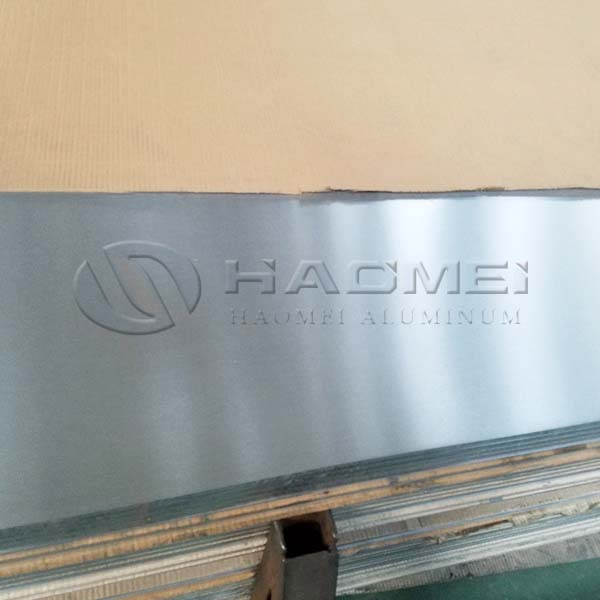Our aluminium alloy plate is the most widely used form of aluminium. With this material, many simple fabrications can be formed with ease. Choose our cut-to-size service to readily meet your bespoke requirements.

Advantages of using aluminium alloy plate
Light weight – approximately one-third the density of steel
Strength – some alloys can be substantially strengthened by work or by heat treatment
Workability – easily formed, machined and welded
Corrosion resistance – varies depending on the alloy and the best resist marine exposure
Non-toxic – often used in contact with food
Non-magnetic and non-sparking
Electrical conductivity – high
Thermal conductivity – high
Reflectivity – bright finish options available.
Aluminium alloys are normally supplied as semi-finished products such as sheet, plate, coil, extrusions, tube or wire. All forms can then be readily fabricated into finished products using a wide range of processes.
Aluminium extrusion and tube is routinely cut with carbon tipped circular saw blades. Blade cutting can be improved by using a stick wax on the blade to improve lubrication. Other cutting methods include band-sawing and guillotining.
Typical uses aluminium plate cut to size include:
Light fabrications
Truck and trailer repairs
Car body panels
aluminum sheet metal is popular for a broad range of applications. Aluminum sheet and plate are used in everything from aerospace and aircraft manufacturing to beverage packaging, cryogenic storage applications to siding, gutters, and roofing for homes.
Aluminium alloy sheet plate can be cut by many different methods depending on the shape and form of the aluminium. Aluminium plate is cut with various types of saw and also laser, plasma or water jet to produce finished sizes that can have intricate shapes. The advantage of water jet cutting is the lack of heat and therefore no alteration of the properties of the aluminium.